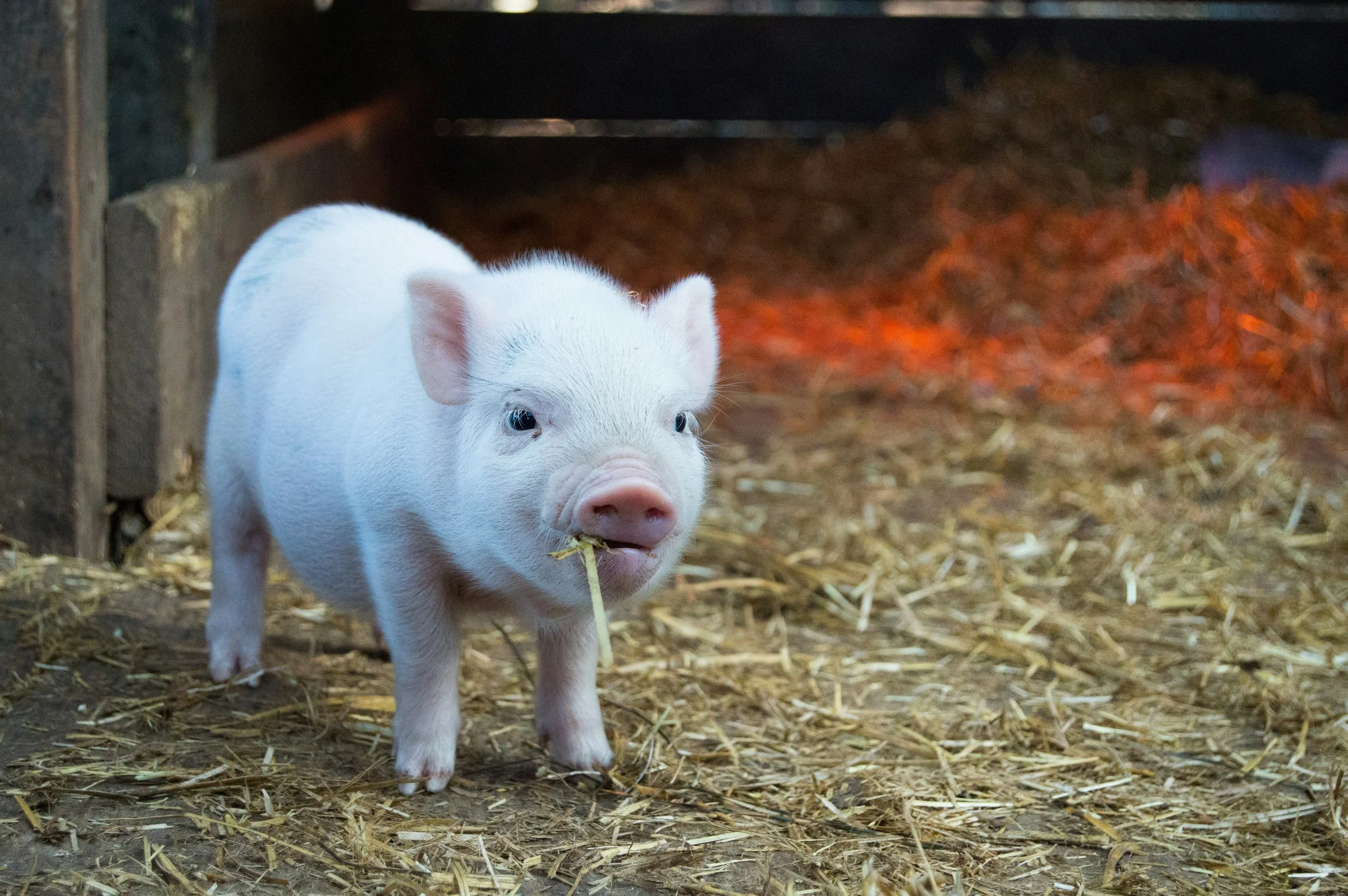By: Will Emmons, Staff Member
In my last blog post I argued the coal industry should be nationalized because it's too hard to regulate.
[i] This step could be beneficial as part of a Green New Deal economic public works program. To pull the economy of Central Appalachia up, UK Law alum Harry Caudill argued for a Southern Mountain Authority, which would encompass nationalized coal and gas reserves.
[ii] He believed that a democratic and planned economy was necessary to save the region from poverty and ecological destruction.
[iii]
The name Caudill chose for this entity was obviously meant to evoke the Tennessee Valley Authority.
[iv] However, where the TVA was conceived as a massive public works to bring employment and infrastructure to a region with no industry, the Southern Mountain Authority would require the wholesale absorption of a private industry into the public sector.
[v] His plan meant literally seizing the mineral assets and mining equipment of the great oil and gas companies.
[vi]
The Fifth Amendment, of course, prevents the whole sale expropriation of such assets without “just compensation.” This cannot stand in the way of the Southern Mountain Authority.
There are examples of how to practice nationalization within our Anglo-American common law system. In twentieth century Britain, the need to martial resources during two world wars and bitter industrial struggles ensured that the coal industry would be nationalized.
[vii] In 1947, the Labour government, backed by the militant miners' union, brought the coal industry into the public sector.
[viii]
In Britain, “the procedure by which the transfer [of private property into public control] was effected was a vesting provision in the nationalization act which provided that on the appointed day certain assets should vest in the corporation created by the act.”
[ix] This took either the direct form of vesting a public entity with real and personal property or the indirect form of vesting a public entity with the shares of a private corporation.
[x]
While the Labour government and the National Union of Miners both espoused an agenda of socialism on the installment plan at that time, scholars and British courts have juxtaposed this kind of nationalization to that practiced in the old Eastern bloc.
[xi] The difference overcomes the Fifth Amendment problem:
The right to compensation is one of the features which distinguish the nationalization of basic industries in Britain from the expropriation of property carried out in communist countries....
[T]here is another fundamental distinction between nationalization and expropriation. The latter usually contains a discriminatory element which is absent from the former. In Great Britain, no discrimination has been practiced on account of the nationality, domicile, or other personal criteria of the companies or persons owning the assets acquired by the state.[xii]
Without prejudice, we can take the coal companies. Barring a social revolution that amends the Constitution, we will compensate the shareholders.
Some critics will note that “the era of big government is over” and that, under a very different Labour government, what's left of the British coal industry re-entered the private sector in 1994.
[xiii] While at least the latter is true, recent labor problems have caused some to rethink this decision. Government ministers are considering renationalizing troubled private coal operations in Nottinghamshire to protect the pensions of the workers.
[xiv] Perhaps the United Mine Workers should be calling for the nationalization of Patriot, Peabody, and Arch?
[xv]
_________________
[i] Will Emmons, Nationalize The Coal Industry To Overcome Regulatory Difficulty, KJEANRL Blog (May 15, 2013), http://www.kjeanrl.com/2013/05/nationalize-coal-industry-to-overcome.html.
[ii] See Harry Caudill, Night Comes To The Cumberlands, 365-394 (1st ed., 1963).
[iii] Id.
[iv] Id.
[v] Id.
[vi] Id.
[vii] 'NC Bloody B': The National Coal Board in South Wales, National Museum Wales, http://www.museumwales.ac.uk/en/rhagor/article/2046/ (last visited July 22, 2013).
[viii] Tom Hansell and Patricia Beaver, Life After Coal: Does Wales Point The Way?, Daily Yonder (Mar. 4, 2013), http://www.dailyyonder.com/life-after-coal-does-wales-point-way/2013/03/04/5665.
[ix] Cliv M. Schmirhoff, The Nationalization of Basic Industries in Great Britain. 16 LCP 557, 564 (Fall 1954).
[x] Id. at 565.
[xi] See Id. at 566-67.
[xii] Id.
[xiii] Overview, UK Coal, http://www.ukcoal.com/about-us/at-a-glance/overview-aag (last visited July 22, 2013).
[xiv] Simon Bowers and Simon Neville, Parts of UK Coal may be nationalised after colliery fire closes pit, The Guardian (May 12, 2013, 3:50 PM), http://www.guardian.co.uk/business/2013/may/12/uk-coal-nationalised-ministers-fire-pensions.
[xv] See Fairness at Patriot, http://www.fairnessatpatriot.org/ (last visited July 22, 2013).













